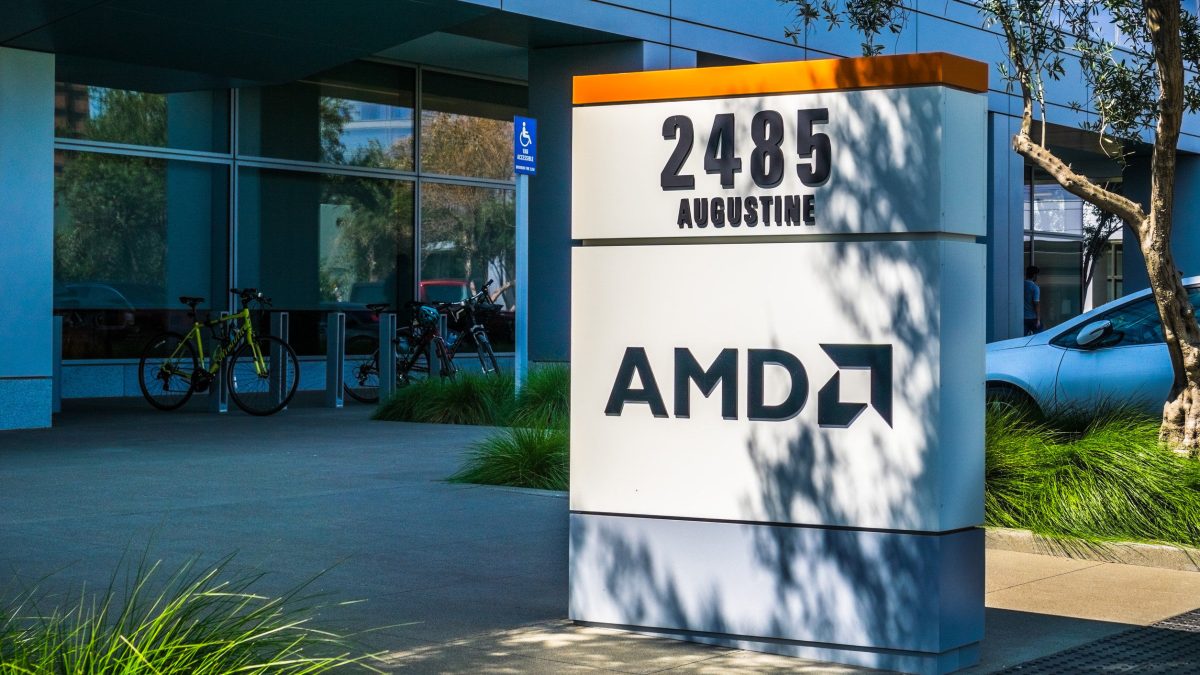AMD announced on Wednesday that it will reduce its global workforce by 4%, marking a strategic move to focus more on the rapidly growing artificial intelligence (AI) chip sector, currently dominated by Nvidia.
In a statement, an AMD spokesperson said, “In alignment with our strategic growth objectives, we are making several targeted decisions, which unfortunately include a reduction of approximately 4% of our global workforce.”
The company emphasized its commitment to supporting affected employees through this transition, ensuring they are treated with respect.
As of the end of 2023, AMD employed around 26,000 people, according to a filing with the SEC.
Despite being the second-largest producer of graphics processing units (GPUs), AMD trails Nvidia, which leads the AI chip market.
AMD sees AI as one of its biggest growth opportunities, but it faces significant competition from Nvidia, which currently holds over 80% of the market share for high-performance AI chips.
AMD has made strides in the AI sector with products like the MI300X, an AI accelerator designed for data centers, which companies such as Meta and Microsoft use as an alternative to Nvidia’s offerings.
However, Nvidia’s dominant position is partly due to its development of the core software that powers AI programs like OpenAI’s ChatGPT.
AMD forecasts $5 billion in AI chip sales this year, which represents about 20% of the company’s projected total revenue of $25.7 billion for 2024, according to FactSet.
Looking ahead, AMD anticipates the AI chip market will reach $500 billion by 2028, but it currently lags far behind Nvidia, which is expected to generate $125.9 billion in revenue for the same period.
AMD’s gaming segment, which originally spurred the development of GPUs, is facing a downturn, with a projected 59% decline in gaming-related revenue for 2024, bringing it to $2.57 billion.
Additionally, AMD’s core processor business for laptops, desktops, and servers is also seeing increased competition from Intel, although AMD has made notable gains in the server CPU market, with its share rising nearly 3% year-over-year in Q3 to reach 34%, according to Mercury Research.
AMD’s Q3: mixed results across segments
In late October, AMD reported third-quarter revenue of $6.82 billion, up 18% from a year earlier and slightly above analyst expectations of $6.71 billion.
Profit, excluding certain items, rose to 92 cents per share, matching market forecasts.
The company’s data center unit, a key revenue driver, posted sales of $3.5 billion, more than double the previous year’s total.
However, AMD’s gaming console business took a hit, with revenue declining 69% to $462 million, reflecting weaker demand as the current generation of consoles approaches the end of its lifecycle.
Sales of PC chips also showed improvement, rising 29% to $1.88 billion as the company competes with Intel in the personal computer market.
Investors are closely watching AMD as a bellwether for demand in AI-related hardware. Cloud service providers like Amazon Web Services (AWS) and Microsoft Corp. have made significant investments in AI infrastructure.
However, there are growing concerns about whether these AI services can generate enough revenue to sustain high chip costs.
AMD’s stock, which had risen 13% year-to-date, closed at $166.25 before slipping in after-hours trading.
Analysts believe that while AMD is making strides, it remains in catch-up mode compared to Nvidia’s head start in the AI chip sector.
The post AMD to cut 4% of workforce, impacting around 1,000 employees appeared first on Invezz

